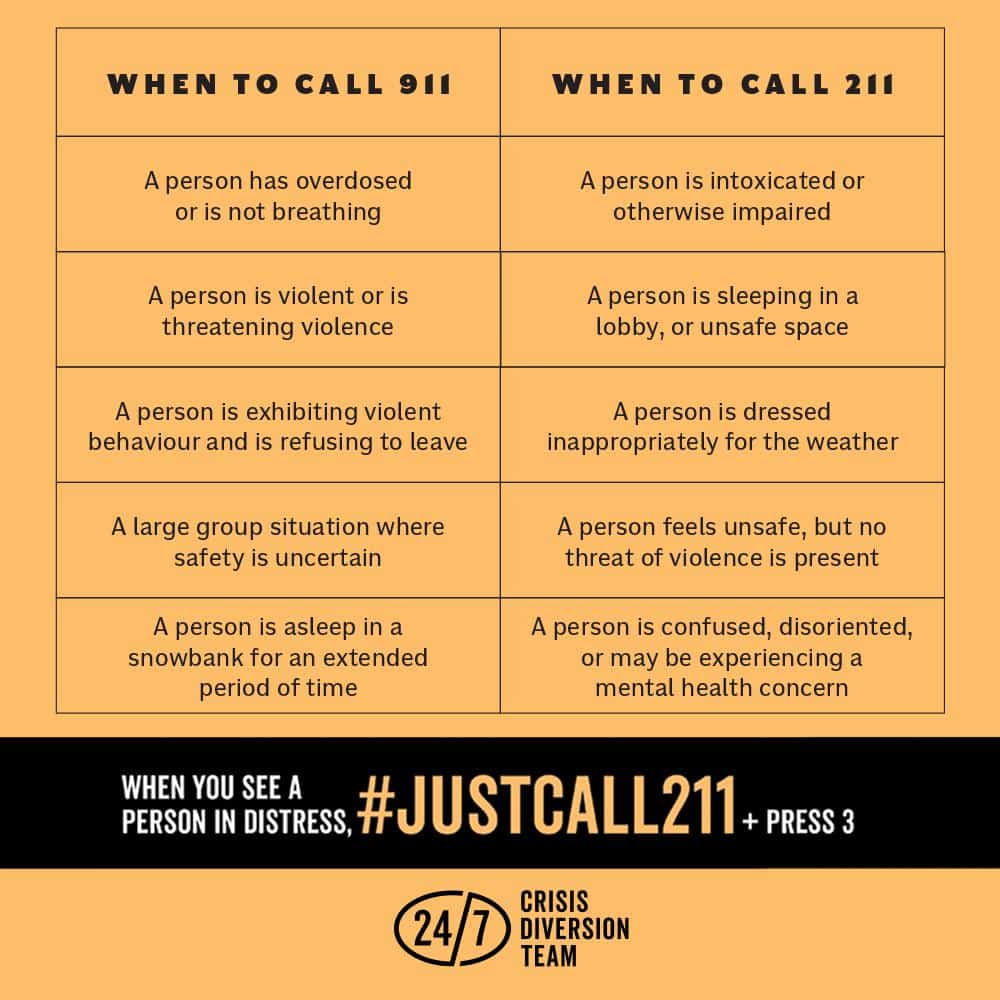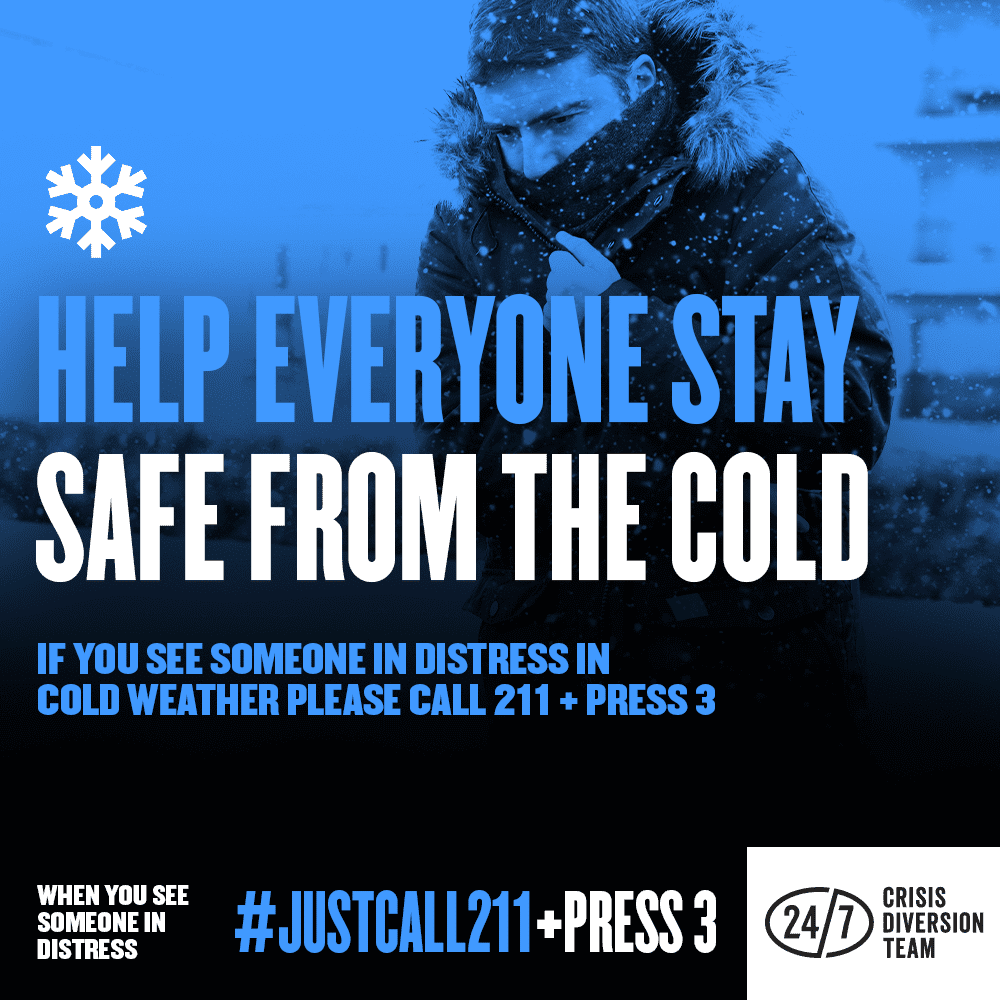Helping Edmontonians in crisis
As temperatures plummet during the winter months, the risk to community members in crisis intensifies. During this time, the demand for services like 24/7 Crisis Diversion drastically increases.
According to the Crisis Diversion Edmonton website, “Crisis Diversion teams help people experiencing non-emergency crises get to a safe place, freeing up police and emergency medical services to respond to more critical events.”
By doing this work, the 24/7 Crisis Diversion program addresses issues of poverty, mental health, and addiction by helping people connect with the best available resources to support their needs.
“It’s important all year because we’re able to support the folks who need support, but not from emergency services,” says Claire MacDonald, program manager for 24/7 Crisis Diversion at REACH Edmonton. MacDonald adds, “The demand is higher in the winter, and amplifies during cold temperatures because the risk is so much higher and the concern from the general public goes up when the weather is extreme.”
The 211 staff dispatched the team 3,110 times during November and December. Additionally, the Crisis Diversion Teams proactively engaged with 4,869 people by providing warm clothing and transportation if people accepted it.


“During those months, we had just under 8,000 contacts with folks in need of support,” says MacDonald. “This doesn’t include the nearly 6,000 calls to [the Crisis Diversion team] that did not result in a dispatch, so we are grateful to the public for their patience as it’s the same operators answering all of these calls.”
While the volume of calls can be a challenge, it’s positive that so many Edmontonians are concerned about their fellow citizens’ safety.
“We’re really happy that Edmontonians are concerned about the vulnerable citizens enough to call in,” says MacDonald. “We saw such an increase in need when extreme temperatures hit early this year.”
At least eight unhoused people have died in Edmonton this winter.
“Having our extra set of eyes can help mitigate crises like dying or freezing to death,” says MacDonald.
Last year’s enhanced funding from the City of Edmonton has allowed the teams to have more vehicles on the road during high-demand winter months.
“There’s always increased need in the winter, and even though wait times are still high, [the funding] has helped to alleviate some of the pressures,” says MacDonald. “Thanks to this funding, we were able to add two additional vehicles on the road this winter, which run from November to April when the winter weather is a factor.”
While 211 manages dispatch for the teams, a single team does this in addition to answering all calls that come to 211.
“We don’t have dedicated staff who only answer the Crisis Diversion line, but we hope to move to that in the near future.”
Operators at 211 answered 11,763 calls in November and December of last year, about half of which were Crisis Diversion calls.
“Providing services to Edmontonians with such complex needs is always a challenge, but the staff on the Crisis Diversion teams work tirelessly to help people the best they can,” says MacDonald. “The compassion and dedication of these team members is unmatched. We are so grateful for their commitment to serving folks who are facing so many multilayered challenges.”
The 24/7 Crisis Diversion initiative is a collaborative partnership with Boyle Street Community Services, Canadian Mental Health Association (211 program), Hope Mission, and REACH Edmonton. Stakeholders also include Edmonton Police Service and Alberta Health Services Emergency Medical Services.
If you see someone in a non-emergency crisis, call 211 and press 3 to reach the team.
For more information about Crisis Diversion, visit www.crisisdiversionedmonton.ca.







